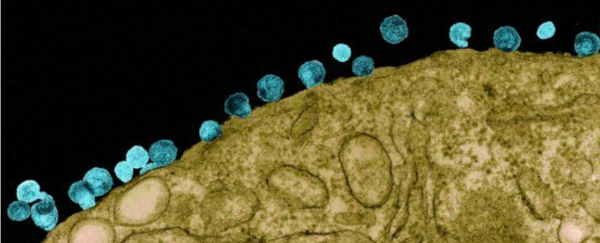Diseases, while disastrous, often come and go in the public eye. We hear about ebola, but then another one quickly grabs national monitors and TV screens for its fifteen minutes.
However, one condition that seems to not fit into his norm is the Human Immunodeficiency Virus ( HIV).
The spread of HIV is a story that would have most television dramas pale in comparison - combining elements of intrigue, suspense, and mystery into one cohesive nightmare that has blanketed the globe since the 1920s.
It all began in Kinshasha, the capital of the Democratic Republic of Congo. However, in the 1920s, it was better known as the Belgian colony of Leopoldville.
A high profile location for young men to sojourn to in hopes of making a fortune, as it was the capital of Belgian Congo. Therefore, with them came railroads and sex workers.
Two forms of transportation that respectively spread people and infection. With a flourishing location, HIV found many opportunities to grow into the pandemic it is today.
The irony of it all is that HIV-1 group M, the type of HIV that originated in the colony, is responsible for about 90 percent of all infections, while HIV-1 group O, another type of HIV originating nearby is still quietly confined to West Africa.
Thereby suggesting it may have been the opportunities, and not the function, of that disease that enabled it to roar globally.
"Ecological rather than evolutionary factors drove its rapid spread," says Nuno Faria at the University of Oxford in the UK, in an interview with the BBC.
Faria and his colleagues were able to make this determination after they built a family tree of HIV by looking at a host of HIV genomes collected from about 800 infected people from central Africa.
Notably, by comparing two genome sequences and counting the differences in them, the team was able to figure out when the two last shared a common ancestor.
Ultimately, Faria determined that the HIV genomes all shared a common ancestor… one that existed no more than 100 years ago. To that end, they assert that it all likely began around 1920.
And with this information, they were able to place the virus to a specific city of origin - Kinshasa, which is now the capital of the Democratic Republic of Congo.
All in all, the genetic assays that helped us localise the origin of the disease are still underway to help us identify points of public health intervention that may help us reduce the spread of the infection. Because, although we may know where it came from, we have yet to figure out where it will end.
A version of this article was first published in June 2016.
This article was originally published by Futurism. Read the original article.
